Embarking on the path of becoming a web developer can be both exciting and overwhelming. The digital landscape is ever-evolving, and mastering the right skills is essential for success. In this guide, we’ll break down the key components of web development, from building the frontend to managing databases on the backend. So, let’s dive in!




HTML and CSS: The Foundation
Think of HTML as the skeleton and CSS as the skin of a website. HTML creates the structural foundation, defining headings, paragraphs, and images. CSS, on the other hand, adds the stylistic touch – determining colors, layouts, and overall aesthetics. Together, they form the core elements of a visually appealing and well-structured website.
JavaScript: Bringing Websites to Life.
JavaScript is the powerhouse for frontend development, going beyond creating pop-ups and effects. It’s a versatile language that handles user interactions, facilitates asynchronous server requests (AJAX), and enables the creation of dynamic content. Understanding JavaScript is crucial for crafting responsive and interactive web applications that engage users.
Backend Development: Choosing the Right Language
While PHP is a popular backend language, alternatives like Node.js, Python (with Django or Flask), and Ruby on Rails also play significant roles. The choice depends on project requirements and personal preferences. Backend development involves server-side programming, managing databases, and handling the functional aspects that users don’t see but certainly feel.
SQL: Mastering Database Interactions
SQL, or Structured Query Language, is the bridge between web applications and databases. Backend developers must grasp SQL to retrieve, update, and manage data efficiently. It’s not confined to the backend – frontend developers may also work with databases using technologies like Firebase or GraphQL.
Frameworks: Streamlining Development
Frameworks act as powerful tools to simplify and streamline development. JavaScript frameworks such as React.js, jQuery, and Vue.js enhance frontend capabilities, while PHP frameworks like Laravel, Symfony, and CakePHP expedite backend development. Understanding these frameworks is essential for adhering to best practices and boosting productivity.
GitHub: Collaborative Coding
GitHub is more than just a version control system; it’s a collaborative platform where developers track changes, collaborate on projects, and manage code repositories. Learning Git, the underlying version control system, and GitHub is a fundamental skill for any developer aspiring to work in a collaborative environment.
WordPress: CMS and Beyond
WordPress, a PHP-based Content Management System (CMS), remains immensely popular. While learning WordPress is beneficial for PHP enthusiasts, it’s essential to recognize that various CMS options, such as Joomla and Drupal, cater to different needs. Exploring different CMS platforms broadens your skill set and adaptability.
Continuous Learning: Navigating the Dynamic Field
Web development is a dynamic field where technologies evolve rapidly. Cultivating a mindset of continuous learning is paramount. Stay informed about industry trends, explore emerging technologies, and consistently expand your skill set to remain relevant and competitive in the ever-changing landscape.
Conclusion:
Becoming a web developer is a journey filled with discovery, challenges, and continuous growth. By mastering the fundamentals of HTML, CSS, JavaScript, backend languages, databases, frameworks, version control systems, and content management systems, you’ll build a solid foundation for a successful career in web development. Remember, the key is not just learning, but embracing the ethos of continuous learning in this dynamic and exciting field.






